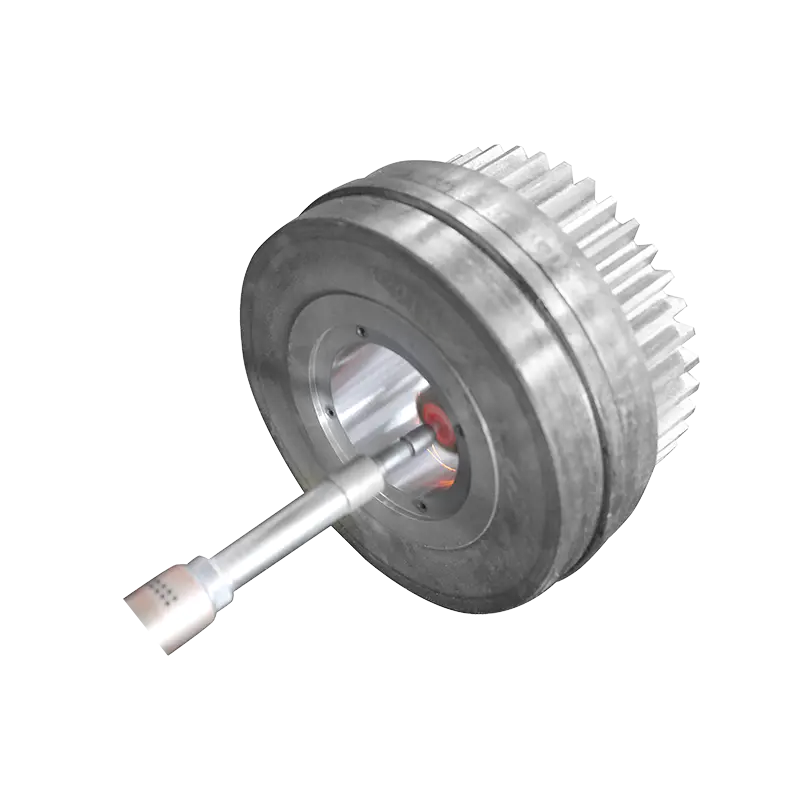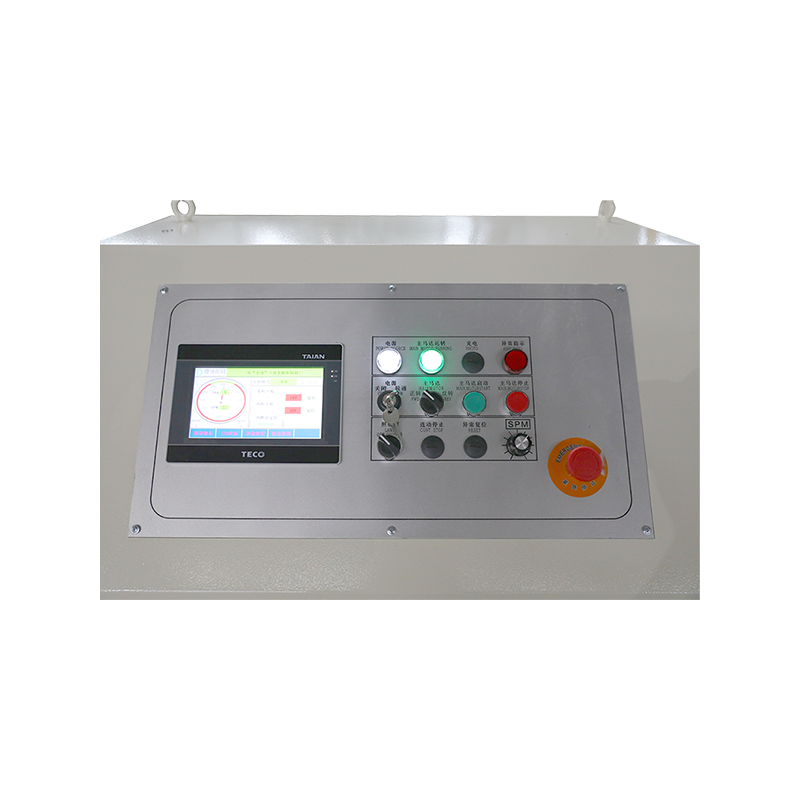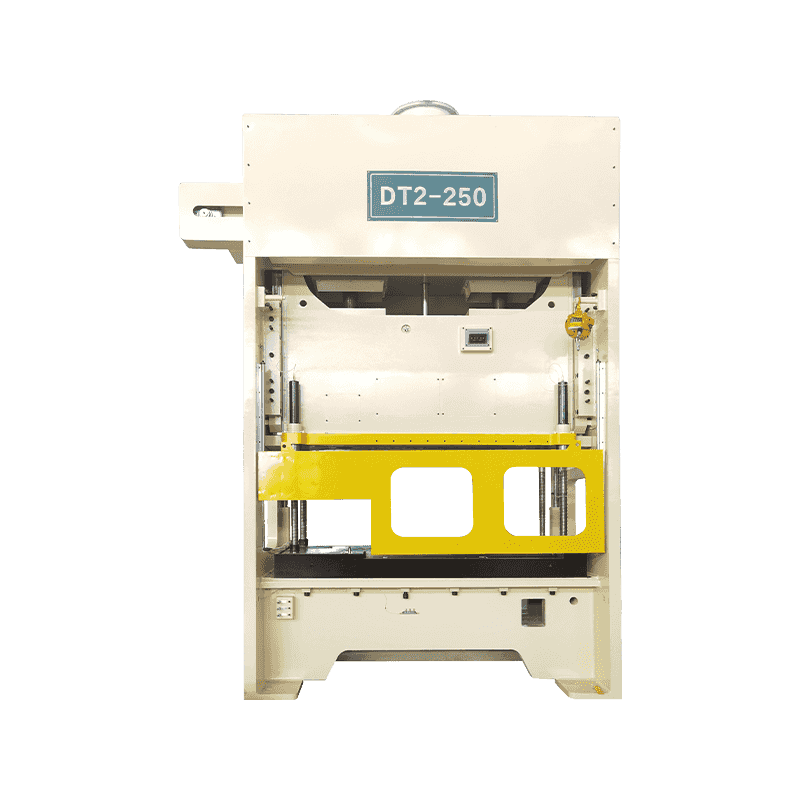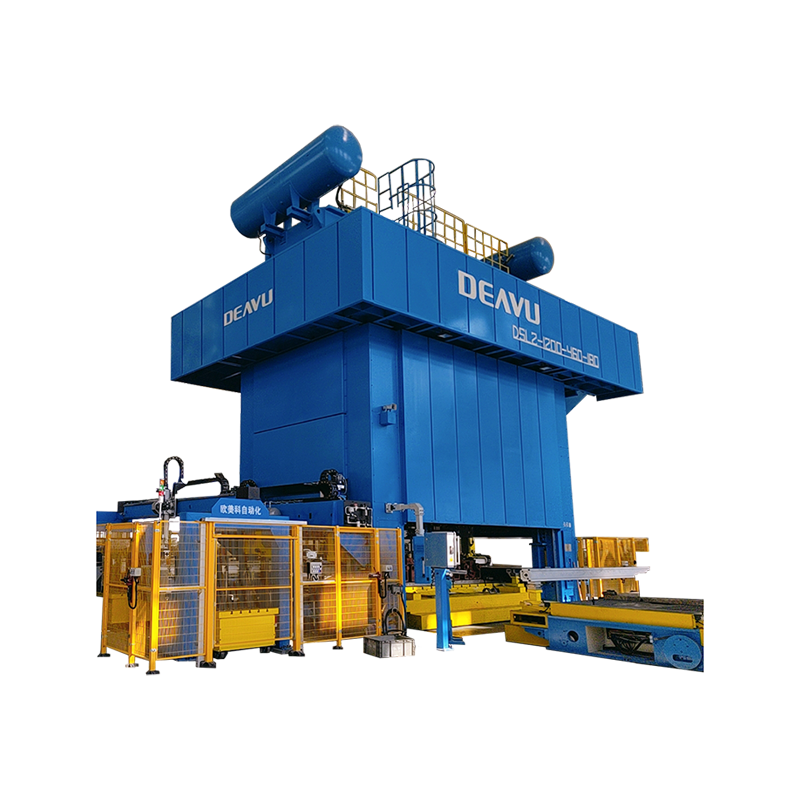
Cutting and Shaping Machinery
One of the primary categories of Metallic Processing Machinery includes machines that are used to cut or shape metal materials. These processes serve as the initial steps in many manufacturing operations, where raw metal sheets, bars, or billets must be sized and formed into preliminary shapes.
CNC Milling and Turning Machines: These precision tools use computer-controlled operations to remove material from a metal workpiece. They are vital for complex part geometries.
Laser and Plasma Cutters: These machines provide clean and accurate cuts through thick metal sheets using high-energy beams.
Shearing Machines: Typically used for straight-line cuts on flat metal sheets.
Sawing Equipment: Bandsaws or circular saws are often used for cutting bars, pipes, and rods to size.
These machines are indispensable in ensuring materials are dimensionally prepared for the next phase of production.
Forming and Bending Machinery
After shaping and cutting, the next major class of Metallic Processing Machinery is responsible for forming and altering the shape of metal without removing material.
Press Brakes: These machines are designed for bending sheet metal into desired angles or profiles.
Rolling Machines: Used to produce curved surfaces or cylinders from flat sheets.
Stamping and Punching Machines: These apply high force to press dies into metal sheets to create patterns, holes, or embossed features.
Forging Equipment: This involves deforming metal under compressive forces, often used in high-strength applications.
Forming machinery is especially significant in mass production environments where uniformity and speed are priorities.
Joining and Welding Machinery
Once components have been formed, they often need to be assembled. The third type of Metallic Processing Machinery facilitates permanent or semi-permanent joining.
Welding Machines: MIG, TIG, and spot welders are commonly used for fusing metal components in automotive frames, structural beams, and more.
Riveting and Fastening Machines: Essential in aerospace and construction, where welds may not always be ideal.
Brazing and Soldering Systems: Used for lighter gauge metals or when thermal distortion must be minimized.
The correct joining method not only ensures structural integrity but also impacts aesthetics and manufacturing cost.
Surface Finishing and Treatment Machinery
To prepare metal parts for final use or enhance their performance, surface finishing becomes necessary. This group of Metallic Processing Machinery enhances properties like corrosion resistance, appearance, and friction characteristics.
Grinding and Polishing Machines: Smooth out surfaces and remove any imperfections.
Sandblasting or Shot Peening Equipment: Used for surface cleaning or strengthening.
Coating and Painting Lines: Apply protective or decorative layers to metal surfaces.
Heat Treatment Furnaces: Alter metallurgical properties to increase hardness or ductility.
These machines are often integrated toward the end of the production cycle, before packaging or assembly.
Auxiliary and Automation Systems
Supporting all the above operations are auxiliary systems, which enhance efficiency and safety. These may not directly process metal but are integral to a functioning production line.
Material Handling Equipment: Includes conveyors, robotic arms, and hoists for transporting heavy metal parts between workstations.
Coolant and Lubrication Systems: Essential for temperature management and tooling longevity during high-speed machining.
Control Systems and Sensors: Enable real-time monitoring, precision alignment, and process automation.
As smart manufacturing trends advance, automation is becoming an inseparable component of Metallic Processing Machinery.
With continual advancements in automation, digital control, and energy efficiency, Metallic Processing Machinery is expected to remain at the core of industrial innovation for decades to come. Whether for small-scale workshops or large-scale industrial plants, understanding the full range of machinery options enables better decision-making and more efficient operations.


 EN
EN









